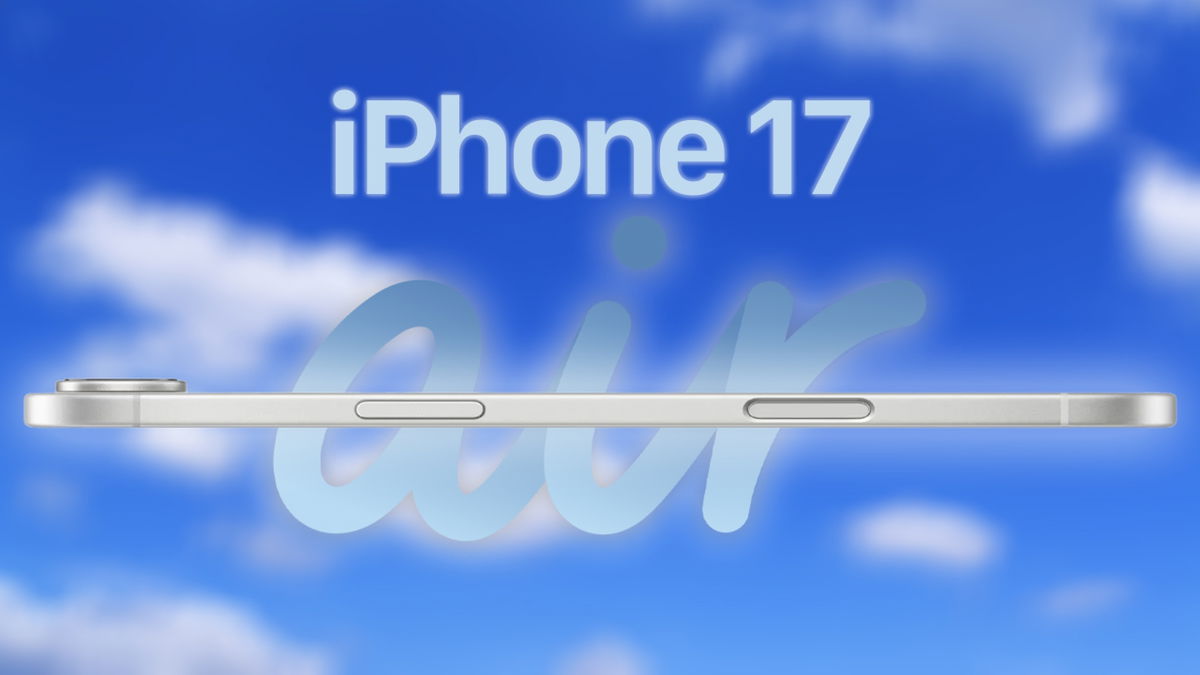Android’s accessibility features let you control your phone without touching it. To do this, the system uses facial recognition to distinguish between different gestures on the face: go back to the beginning with raised eyebrows, launch your favorite apps with open mouth…You can customize this convenient way of using the phone according to your tastes and/or needs.
Your Android mobile allows you to control it by applying your fingers to the screen, you can also control everything that happens on the panel by connecting a mouse to the phone or with a gamepad (via USB or Bluetooth). And there is another way to use Android: with your eyes. This is a function that, in addition to removing barriers for users with visual impairmentsis an extra that you can use on a daily basis.
Accessibility with switches, your Android’s Jedi mode


The specific function that allows visual control of the entire phone is somewhat hidden and with a name that, a priori, does not reveal the full spectrum of possibilities it offers. Under the name of “Accessibility with switches“, users who have difficulty controlling their phone can use a switch connected to Android (cable or Bluetooth) or facial gestures. We will use the second option.
Android Face Control is designed to operate the entire phone without touching it. It’s a great accessibility tool for those with ALS, for example. And, in case you need to set up the mobile for someone who needs a more accessible way to use itor if you want to try visual control for those times when you can’t use your hands (it works great while cooking), “Accessibility with Switches” is exactly what you’re looking for.
The Eye Control feature is included in the Android Accessibility suite and is present starting with Android 6. To set it up, you need to do the following:
- Go to your Android settings and look for the “Accessibility” section.
- Go to “Accessibility with switches” and turn it on.
- Allow Accessibility to control the phone and start the setup process.


- Select “Camera Switch” to use facial recognition.
- Choose two switches for more customization options and accept the camera access permission.


- Configure the different actions according to the available gestures that interest you the most. Each of these actions allows you to control the phone: move from one menu to another with “Next”, “OK” to choose what is selected and “Pause” to stop facial recognition. This last action is very useful in those moments when you want to control your Android in the usual way.


When “Accessibility with Switches” is enabled, you will control the entire phone with the gestures you choose. And it’s like this: All your Android will be accessible without having to use your hands or voice
You can add the “Switch Accessibility Shortcut” to have a floating button on the screen that allows you to enable and disable facial gesture control.
Android Face Gesture Control is an accessibility tool that allows people with technology challenges to use mobile phones. Google has managed to integrate the tool into the root of Android, It keeps it up to date and works great thanks to all the facial recognition power the company has at its disposal.. It’s worth knowing what accessibility tools contain: they are useful in a wide variety of situations.
Cover image | Ivan Linares
In Xataka Android | I have been using the same app to clean my androids for over a decade. I wouldn’t change it for anything in the world
In Xataka Android | How to send messages on WhatsApp without adding the number to contacts









